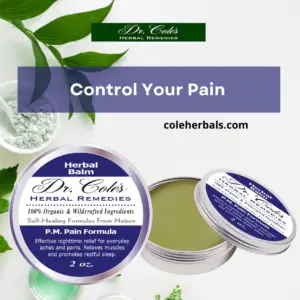
As consumers look for healthier alternatives to soda beverages, LaCroix (pronounced “la croy”), a sparkling water that boasts of being all-natural, gained a lot of attention and popularity. It claims to be free of sugar, artificial ingredients, calories, and GMOs, which sounds like a health-conscious consumer’s dream.
The question is, what does it contain?
A beverage that currently has 21 flavors from a common orange to a more unusual passionfruit lists only two of the same ingredients on every can: carbonated water and natural flavor.
Where this natural flavor comes from is not fully explained, and as a recent lawsuit claims—it is not so natural.
Why So Unclear?
LaCroix can legally list their ingredients as “natural flavor” without explanation because the Federal Foods and Drugs Administration (FDA) allows it. Any company can list “natural flavor” on their package as long as the actual ingredients come from the GRAS list—“generally recognized as safe” ingredients.
The same GRAS list contains several possible carcinogens like the highly controversial mycoprotein or main Quorn ingredient that is made out of a mold-like fungus (more info here). Frankly, it is not a trustworthy list.
These GRAS substances include over 1,000 which have skipped proper evaluations and are questionable at best.
These potentially dangerous GRAS substances can be found in virtually all processed foods and drinks—including LaCroix.
Natural Flavor According to LaCroix
When LaCroix was asked to clarify where the natural flavor comes from their response was:
LaCroix flavors are “derived from the natural essence oils from the named fruit used in each of the flavors” and that “there are no sugars or artificial ingredients contained in, nor added to, those extracted flavors.”
What are these “essence” oils is unclear.
“Essence is, essentially, the mystery behind a billion-dollar brand,” wrote Rob Copeland of Wall Street Journal.
LaCroix keeps adding to the mystery by saying“Essence is our picture word. Essence is— FEELINGS and Sensory Effects!” according to a brand spokesperson.
The FDA does not define “essence” as a term, but can describe it as “flavoring constituents derived from a spice, fruit or fruit juice, vegetable or vegetable juice, edible yeast, herb, bark, bud, root, leaf or similar plant material, meat, seafood, poultry, eggs, dairy products, or fermentation products thereof.”
From the sound of it, it can be anything.
Another manufacturer describes it as “a hyper-complicated chemical, but it’s all natural, and we see it every day.”
Perhaps, it was all of this mystery that urged one consumer Lenora Rice to file a class action lawsuit against LaCroix’s parent company National Beverage Corporation for false claims as being all-natural.
LaCroix Ingredients According To The Lawsuit
Rice filed the lawsuit in Cook County, Illinois with Beaumont Costales law firm. The lawsuit states that testing of LaCroix beverages resulted in finding numerous artificial ingredients including linalool. Linalool is used in cockroach insecticide. It is also found in 63 spices and a common flavoring in processed foods and beverages, according to the National Institutes of Health’s (NIH) National Toxicology Program.
Back in the day linalool was derived from essential oils of rosewood and other plants. With the increased use of this ingredient, however, it is now produced synthetically, according to the NIH. It is a byproduct of vitamin production. While supposedly non-toxic, that is questionable for the synthetic version of the product.
It is commonly used in detergents and soaps, but also in foods and beverages: alcoholic and non-alcoholic drinks, candy and gum, ice cream, condiments, meat products, and baked goods.
Yet this ingredient has never been properly studied. The few studies that were done are concerning.
One old animal study found linalool to have central depressive effects leading to acute systematic toxicity including a decrease in motor activity, neurological problems, and respiratory issues that lead to death.
“Despite the widespread exposure to linalool, few studies of its effects on humans have been conducted,” states a NIH report.
The lawsuit states that LaCroix knows about the truth behind their ingredients and mislead their consumers to trick health-minded consumers into buying it.
Beaumont Costales state that any other consumers who wish to be added to plaintiff list contact them at 773-831-8000.
Other controversial food safety stories:
FDA Allowing Contaminated Meat From China to Pass Through Customs Uninspected
Top 10 Toxic Fake Food Items Produced In China
Thanks for installing the Bottom of every post plugin by Corey Salzano. Contact me if you need custom WordPress plugins or website design.





